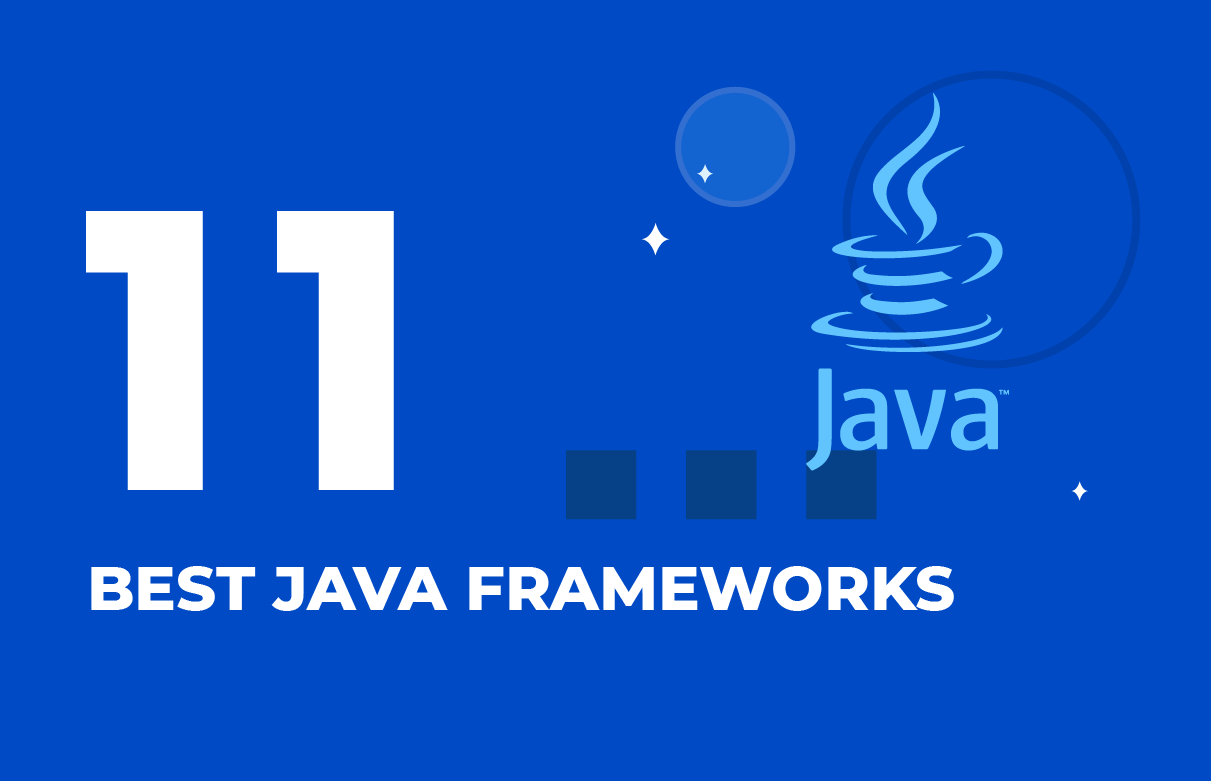In the business world, efficiency and cost-effectiveness are paramount. Whether you are dealing with a small startup, a large-scale enterprise, or an individual entrepreneur, the challenge remains the same: how to bring your software vision to life without breaking the bank. In this article, we’ll discover how to reduce software development costs without compromising on quality.
Importance of Reducing Software Development Costs
Reducing software development costs is vital, as it directly impacts a company’s bottom line, resource allocation, and general profitability of business operations.
Firstly, reducing software development costs enables organizations to maximize their return on investment (ROI). By optimizing the allocation of financial resources, companies can channel their savings into other crucial areas such as marketing, research, and development or expanding their product offerings. This financial flexibility allows businesses to stay agile and responsive to changing market demands.
Achieve digital transformation with custom software delivered by SaM Solutions’ seasoned engineers.
What is more, software cost reduction fosters following innovation trends. When companies allocate funds wisely, development teams can invest in cutting-edge technologies, tools, and hire qualified personnel. As a result, these actions lead to enhanced quality and competitiveness of their products. Optimized development processes also result in quicker time-to-market, allowing businesses to seize the latest market opportunities swiftly.
Expenses optimization isn’t equal to compromising on quality. Quite the opposite — it means an optimized development process and improved efficiency. It promotes sustainable growth, empowers companies to remain competitive, and helps businesses to adapt to the ever-evolving tech landscape.

7 Ways to Reduce Software Development Costs
Requirements gathering and analysis
Efficiency begins at the very initial stage of your software project — the requirements gathering and analysis phase. Often overlooked, this stage is the cornerstone of successful and cost-effective development. Here’s how to get it right:
Collaborative approach: Involve all key stakeholders, including customers, product managers, and engineers, in the requirement-gathering process. Their various views can shed light on the potential issues and ambiguities early on, forestalling costly changes later.
Clear and detailed specifications: During the project planning, ensure that your requirements documentation is thorough and clear. Transparency in specifications reduces the possibility of scope creep, which can lead to more development expenditures.
Prioritize features: Distinguish between obligatory and optional features. Prioritizing essential functionalities ensures that the core product will be delivered on time and within budget.
Agile development methodologies
If you want to know how to reduce cost of development, try Agile practices. Agile methodologies have transformed software development by emphasizing flexibility, collaboration, and continuous enhancement. Adopting these practices can lead to significant cost reductions in several ways:
Iterative development: Agile supports incremental development and frequent releases. This approach allows early user feedback, decreasing the risk of costly post-release adjustments.
Effective communication: Agile frameworks promote clear communication among team members, clients, and stakeholders. This transparency minimizes misunderstandings and reduces rework caused by them.
Adaptive planning: Adaptive planning approach enables teams to respond to evolving requirements and priorities. It minimizes the influence of project changes according to the budget and timeline.
Resource management and outsourcing
Optimized resource allocation is a major aspect of cost reduction in software development. Let’s dwell on the following strategies:
Right-sizing your team: Ensure that your team is appropriately sized for the project’s scope. Overstaffing can lead to unnecessary costs, while understaffing can lead to delays.
Outsourcing strategies: Outsource minor tasks, such as UI/UX design, to specialized agencies. This can reduce costs and tap into expertise that may not be available in-house.
Consider offshore development: Exploring offshore development in countries with lower labor costs can significantly reduce expenses without compromising quality.
Leverage SaM Solutions’ decades-long expertise in IT to develop high-quality custom software for your business.
Automation and tooling
Automation and development tools can streamline workflows, enhance productivity, and reduce manual labor, thereby cutting costs. Here’s how to leverage automation benefits effectively:
Continuous integration and continuous delivery (CI/CD): Implement CI/CD pipelines to automate code integration, testing, and deployment. This approach will accelerate the development process, reduce errors, and lower operational costs.
Test automation: Automate repetitive testing tasks to reduce the need for extensive manual testing.
Code analysis tools: Try code analysis tools to find and solve potential issues early in the development cycle.
Robust QA and testing
In the long run, investing in quality control and testing is not an expense but a cost-saving measure. Comprehensive testing can help eliminate issues before they escalate into costly problems:
Test-driven development (TDD): Embrace TDD practices, where tests are written before the code. This approach ensures that software functions correctly, reducing the need for extensive debugging.
Automated testing: Implement automated testing frameworks for regression testing, load testing, and other checkups.
User acceptance testing (UAT): Involve end-users in UAT to identify usability issues and validate that the software meets the client’s requirements.
Project risk management
Proactive risk management is crucial for cost control measures. We recommend you identify potential risks early in the project and develop relevant mitigation strategies:
Risk assessment: Conduct a comprehensive risk evaluation at the project’s outset to find potential roadblocks, technical challenges, and external factors that could impact costs.
Contingency planning: Create contingency plans and allocate resources for handling unpredictable issues, such as scope changes or technical problems.
Monitoring and adaptation: Continuously monitor project risks and adjust your strategy accordingly to minimize their impact on the budget.
Continuous process improvement
Software development is a dynamic sphere, and staying on top of industry best practices is essential for cost optimization:
Post-project reviews: Conduct post-project reviews to see what went well and what could be improved. Apply these lessons to future projects to enhance resource efficiency and reduce costs.
Continuous learning: Invest in ongoing training and skill development for your team to ensure they are well-versed in the latest technologies and trends.
Technology assessment: Regularly evaluate your technology stack to identify opportunities to adopt more cost-effective tools and frameworks.
Why Hire SaM Solutions for Software Development
In the world of software development, choosing the right partner can be a game-changer in achieving your goals at a reasonable price. Here’s why our software company should be your top choice:
Expertise and experience
Our team consists of highly skilled professionals with profound experience in the field of software development. We have deep knowledge, best practices, and innovative solutions for every project, guaranteeing first-rate results. With experience in various services from cloud computing to IoT, we are ready to develop a perfect solution for you.
Cost-efficiency
We recognize the utmost importance of cost management. Our streamlined development processes, wise resource allocation, and Agile practices help deliver complex software solutions that align with your budget.
Customized solutions
We firmly believe in the power of custom solutions. Our approach ensures that your software is carefully crafted to meet your unique business requirements, eliminating unnecessary features and expenses.
Transparency
We keep open and transparent dialogues throughout the development journey, providing full visibility into progress, costs, and timelines to our clients.
Cutting-edge technologies
We’re devoted to staying on the cutting edge of technology trends. By partnering with us, your software will benefit from the latest technological advancements, enhancing performance, security, and scalability.
Quality assurance
Our projects undergo thorough testing and quality assurance processes, ensuring that the software not only meets but exceeds our customer’s expectations.
Timely delivery
We understand the meaning of swift time-to-market. Our Agile development practices are tailored to ensure the timely delivery of your software, enabling you to seize opportunities and maintain a competitive edge.
Scalability
Our solutions are architected with growth in mind. Whether you own a startup or a well-established enterprise, our software can scale seamlessly with your evolving business requirements.
Customer-centric approach
Your satisfaction is our ultimate mission. We actively seek your feedback, adapt to your evolving needs, and provide unwavering support to ensure that your software remains a valuable asset.
Proven track record
Our portfolio and clients’ testimonials confirm our accomplishments. With 30 years of delivering successful projects and satisfied clients, we have always honored our commitments and empowered businesses through forward-thinking software solutions.
Conclusion
By embracing the art of cost reduction, companies can not only optimize budgets but also enhance the quality and timeliness of software projects. But bear in mind, cost reduction should never come at the expense of quality — it’s all about maximizing the value you receive from your investments. By implementing the proven techniques from our article, you can navigate the software development journey with confidence and achieve cost savings while delivering top-tier solutions.



























 5 Reasons Why Your Business Needs a Mobile eCommerce Application
5 Reasons Why Your Business Needs a Mobile eCommerce Application Using Salesforce to Improve Your Sales Pipeline: Five Tips
Using Salesforce to Improve Your Sales Pipeline: Five Tips Cross-Platform Mobile Development: Five Best Frameworks
Cross-Platform Mobile Development: Five Best Frameworks 10 Best Web Development Frameworks in 2024
10 Best Web Development Frameworks in 2024 How to Develop Custom Accounting Software
How to Develop Custom Accounting Software












 Why React and Node.js Are the Top Technologies for Creating High-Performance Web Apps in 2024
Why React and Node.js Are the Top Technologies for Creating High-Performance Web Apps in 2024 10 Best IoT Platforms for 2024
10 Best IoT Platforms for 2024 Top 20 Latest Trends in the Ecommerce Industry in 2024
Top 20 Latest Trends in the Ecommerce Industry in 2024 Top 10 Most Popular Programming Languages in 2024
Top 10 Most Popular Programming Languages in 2024